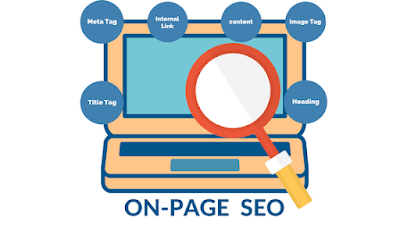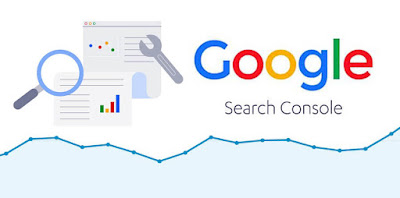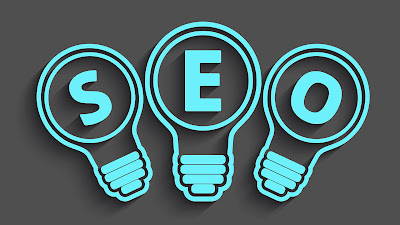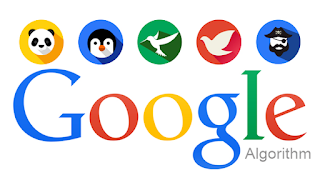On-Page Optimization
On-Page
Optimization
On-page optimization
is a technique which optimizes different aspects of a webpage within the
webpage. On-page optimization helps google to easily crawl and understand the
content on your webpage. Whereas Off-page optimization is focused on
optimizing and ranking your website.
Google optimizes a webpage based on 3 factors.
- URL
- Title
- Meta
Description
A webpage is divided into 2 sections. The Head
section and the Body section. The head section consists of the web
page’s title, meta description and meta tags. The body section includes the
content, images and other aspects of a webpage.
A Snippet is a search result which matches the
different parts of the search query. A snippet shown by Google includes the
URL, title, and meta description of the website. The web owners can also provide
advanced snippet which includes thumbnail, reviews, etc. While on mobile phones
Google also provides the logo of the webpage which is known as Favicon.
Title Optimization
- Title must contain 3 or more words with focusing keyword.
- 55-60 characters should be used or within 512 pixel width
- Unique, impressive and relevant with no full caps or small letters should be used.
- Google Console is a free resource provided by Google that monitors errors on websites and informs the web owners.
- Cannibalism is a term used when there is duplication of keywords or titles competition within the website.
Meta Description Optimization
- It is the main description shown by Google.
- The main focus should be on keywords.
- Webpage can have 155 to 160 characters or 1024 pixel width
- Blogs can have up to 155 characters including the date
- Unique, relevant and impressive content should be used as meta description.
- Quality matters should be used.
- Robot meta tags, can be used if necessary to give instructions to robots.
Body Section Optimization
- No duplication of content is allowed.
- Relevant content is demanded.
- <h1> also called ‘heading tag’ should be more visible with 7-8 words.
- Only one <h1> is required.
- Heading tags can be up to <h6>
- <h1>, <h2> must contain the keywords.
- Similar or secondary keywords can be added to the remaining heading tags
If the heading tag and
content are confusing or different for Google, the webpage will be saved to a
temporary database. This is known as Sand Box.
Anchor Text Optimization
- Anchor text is the text that is hyperlinked.
- Anchor text is more visible to Google.
- It boosts the crawling process.
- Keywords should not be hyperlinked.
Keyword Optimization
- Keyword density is
the repetition of keywords.
- Keyword optimization helps in better navigation.
- It influences bounce rate.
Image optimization
- File name should be relevant to the content.
- File name should be same as Alt Text.
- Save file name should be relevant to the content.
- File name should not contain any spaces but instead use a hyphen.




Comments
Post a Comment